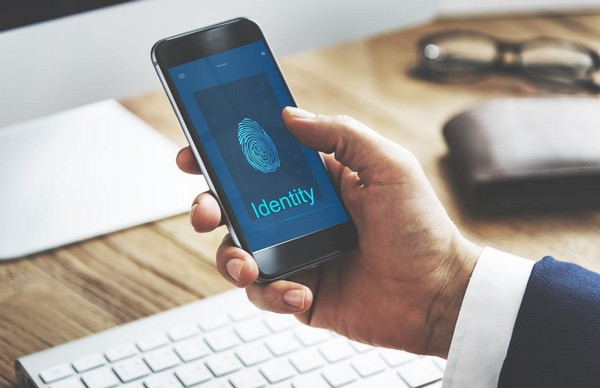Age verification is a growing concern among enterprises of all sizes – especially those dealing in underage products or services. It requires integration of sophisticated age verification systems to monitor potential offenders. The system would ensure seamless customer experience without hindering the buyer’s purchasing potential. Further, the AI-enabled age verification scanner makes online consumer experience safe and secure.

However, the age authentication process is complex, as it’s constantly changing across various industries. Therefore, it’s vital for growing organizations to integrate an airtight age validation solution that prevents minors from accessing age-restricted content. Children looking to gain access to an online age-restricted content – mostly use their parents identity documents. This way not all they put businesses at risk of non-compliance but fraudsters could also easily steal their identity and use it for malicious intent.
These potential risk factors are not new to various online businesses. But unfortunately business owners can’t fully comprehend the impact of selling age-restricted goods to minors. To mitigate these risks – age verification tool is considered as a full-scale identification method.
Complying With Regulations During Age Verification
During the past few years, businesses have been required to comply with legal regulations that prevent selling age-restricted goods to the minors. Therefore, businesses face a difficult situation that requires them to ask potential buyers for verification or deception.
For this reason, the US has enacted age gates to verify their consumer base but this method is no longer viable for multiple types of products. For instance,
Implementing an age verification is not enough to control sales of tobacco or nicotine products in California. In general, the seller is required to authenticate the consumer identity by matching the seller’s personal information like name, address, and DOB with a large database. It confirms the consumer’s age to be 21 years or older under the California Law. Moreover, under the law – sellers are required to verify their billing address on their credit card or check during a purchase.
It’s important for businesses to use a multi-layered age verification system that conducts more than an age check. Because relying on old practices could pose a huge financial risk to the growing businesses. Therefore, now along with using an age identification service – it’s important to integrate other identity verification solutions like facial biometrics or address verification.
By implementing these robust procedures, businesses can comply with KYC and AML regulations in their respective countries. This would help various online businesses to gain consumer trust and ensure a loyal customer base. Moreover, it would help to alleviate the status of age verification.
Working with a viable age verification solution can help with turning your compliance needs into conversion boosting. The solution is coupled with an OCR technology that helps to extract data from a government-issued ID. It can provide a great help to fill-out various forms. The entire process takes the burden off its user base as they don’t have to type every single word.
Vetting Bad Apples With Thorough Age Verification
Making sure that an adult is accessing the company’s products or services.
1. Self Verification
Most common method to verify the consumer’s age is through self-verification. Website usually requires the user to confirm their age through checkbox or entering their date of birth. If a consumer is under the legal age – website cookie automatically comes into play that restricts user access to the products.
This self-verification method is quite commonly used in the US, where Children’s Online Privacy Protection Act (COPPA) requires businesses to collect children’s information with their parents’ consent. Currently, age verification tools are used on various social media sites and e-commerce platforms.
2. Debit/Credit card verification
Most often, ecommerce stores consider debit or credit card verification to ensure the age of their consumer base. But this type of aml verification method isn’t intended to verify the user’s age. Children could get their parents credit card for making a purchase. Therefore, verifying the user’s age through a credit or debit card is not a viable solution. Moreover, the chances are that a credit card might use the same IP and address that could lead to a chargeback claim. This in turn makes businesses lose a substantial amount.
3. Online verification or verification on delivery
Most businesses use a third-party logistics provider for delivering any purchased items. These businesses often trust the logistics company to verify the consumer age at the delivery time. Although this method is accurate but relying on a logistics partner to verify the customer age can be quite risky.
Age verification is an efficient process that doesn’t have to compromise your brand’s integrity and affect the user experience. For a gaming industry, an age verification system can help to perform checks during the onboarding process. However, in the retail industry the system performs age verification checks at the checkout. Businesses could generate a positive consumer experience by identifying honest customers while initiating loyalty programs to further generate the consumer experience.
